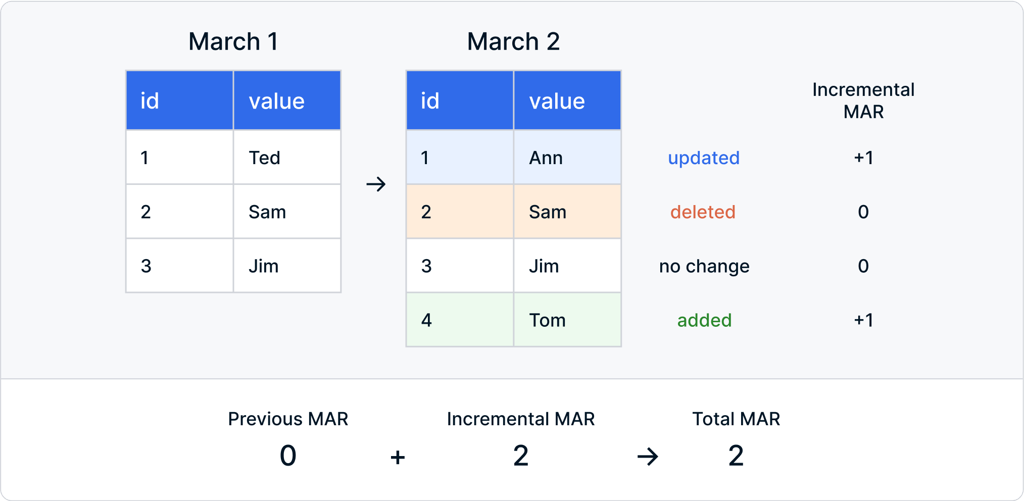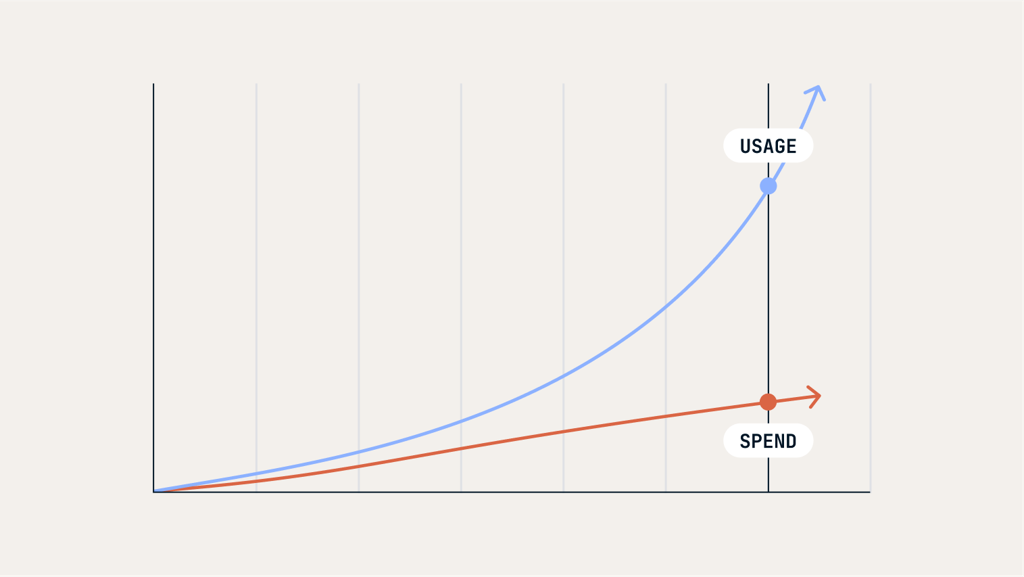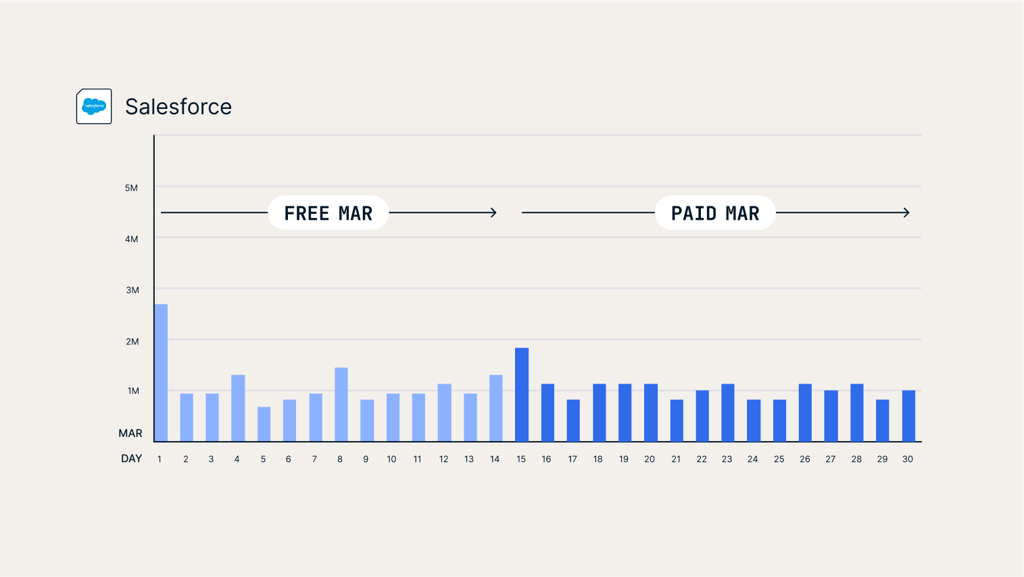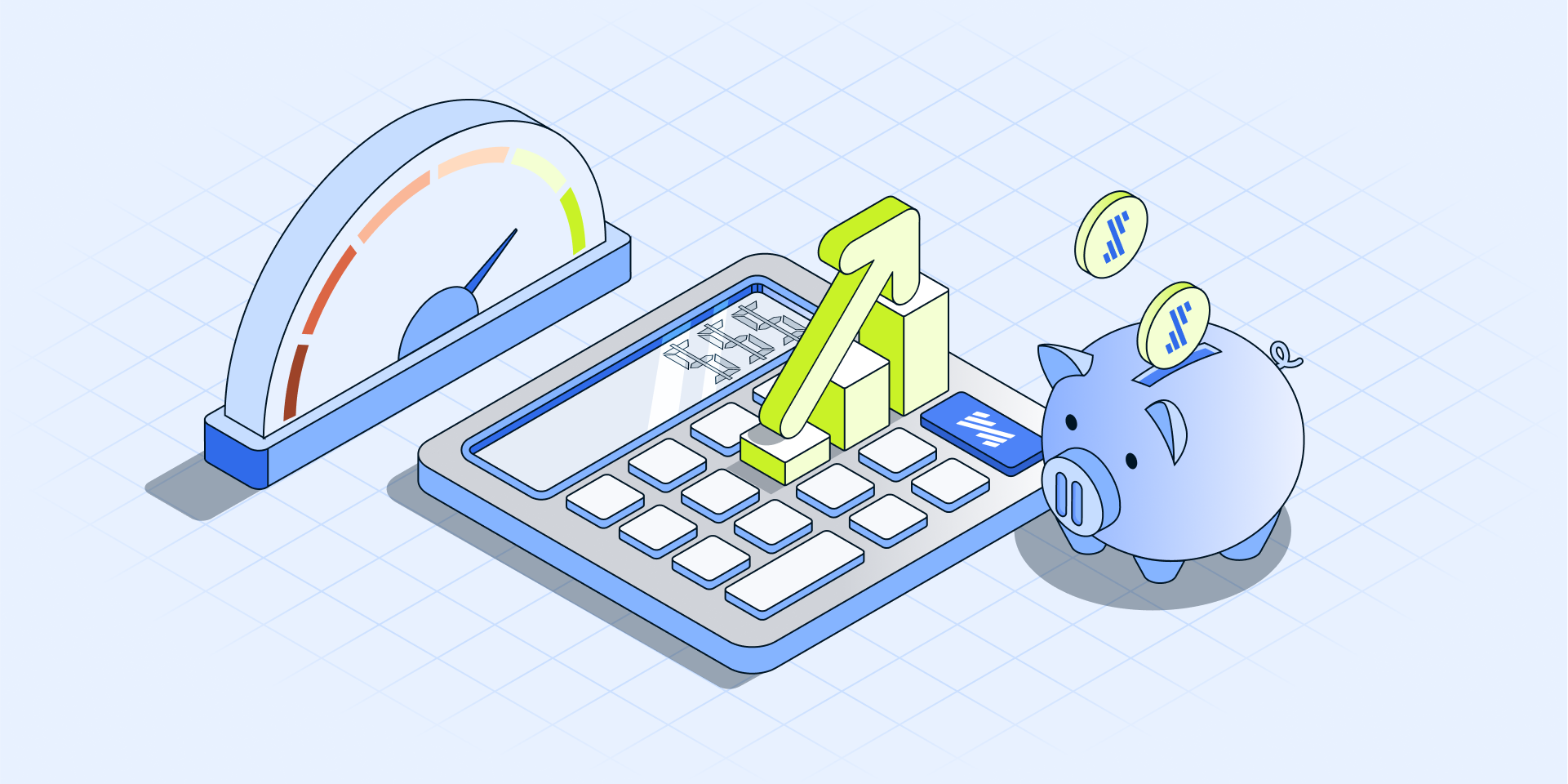Whether you are trialing Fivetran and any of our 700+ connectors for the next 14 days or are a brand new customer, this guide will help you understand your usage and monthly costs, as well as how to communicate both to your stakeholders.
🎥 Before diving in, check out this short video explaining Fivetran’s pricing model.
What are monthly active rows (MAR)?
Fivetran’s pricing is based on Monthly Active Rows. MAR represents the distinct primary keys that are added or updated in your source and synced into your destination in a given calendar month.
💡 Why MAR? Unlike counting every single row synced, MAR focuses on business value — what actually changed — making costs more predictable and tied to insight delivery.
- “Active” = updated or added: When you insert a new row or update an existing one, it becomes a MAR. Deletes do not count toward MAR.

- One charge per month, no matter how many updates: A row counts once per calendar month, even if you update it hundreds of times.

- Reset each month: MAR resets at the beginning of the month. If the row doesn’t change in the next month, it won’t count again.
How is Fivetran pricing calculated?
Fivetran moves data using connectors — software that enables automated, fully managed data replication from a source to a destination. Every connector is tailored for data movement from a specific source (like Salesforce or Postgres) to your chosen destination (like Snowflake or BigQuery).
A connection is a unique instance of a connector, connecting specific sources and destinations. For example, using our Salesforce connector to sync Salesforce data to Snowflake is one connection. If you sync two separate Salesforce accounts to a single destination (or one Salesforce account to two destinations), that’s two separate connections.
Your monthly cost is based on the usage of each connection. Each connection follows a separate cost curve based on usage, making the usage of high-volume sources particularly cost-effective. Your Fivetran commit determines how much of a discount you receive.

For each connection:
Total monthly usage × spend rate = connection cost
- Volume matters: The more data you move, the lower your spend rate (unit cost) for each connection.
- Plan matters: Between Free, Standard, Enterprise, and Business Critical, each plan comes with different connector access, sync frequencies, and security features — which influence your spend rate.
- Commit matters: Committing to an annual contract, rather than paying monthly, discounts your spend rate from 5% up to 36%. The greater your yearly commitment, the steeper the discount.
In total:
Total monthly cost = Sum of Connection costs across all connections
How Fivetran reduces your costs

Not everything counts toward paid MAR. Here’s what’s included at no cost:
- Initial and historical syncs for new connections
- New connections have a 14-day free use period after the initial sync
- New table initial syncs
- Private Preview connectors (until they graduate to Beta)
- Fivetran Platform Connector and audit tables
- Schema-driven full re-syncs and rollbacks (in most cases)
You can monitor your usage through your usage estimator. Since Fivetran’s MAR pricing privileges small numbers of high-volume connections, consider consolidating related tables into fewer connections.
⚠️ Tip: Data values that don’t change between months never count toward MAR.
How are Fivetran Transformations priced?
Fivetran now also measures transformation usage — but separately from MAR.
- Usage is measured in successful monthly model runs (MMR). Whenever a transformation successfully materializes a table or view in your warehouse, we count one model run. The count includes all models in the job graph – staging, intermediate, and final output models.
- The first 5,000 runs per month are free.
- After that, costs scale based on usage, with per-run rates decreasing at higher volumes. This ensures your transformation costs grow gradually with adoption.
- Since MMR is based on every successful model run, including intermediate models, you can lower costs by minimizing the number of intermediate models used in your transformations.
🔎 The Pricing Estimator can model transformation costs, as well
How some source behaviors can increase Fivetran costs
Every source system behaves differently, and knowing how they affect MAR helps you plan and budget effectively:
- Schema changes: Adding a column or enabling auto-migrations may activate all rows in a table.
- Paused/unpaused tables: When you unpause, Fivetran syncs all missed changes, which can increase MAR.
💡 Pro tip: Use your free trial period to see how your data behaves and work with source admins to manage changes that may drive MAR.
How Fivetran pricing reflects long-term business value
Price is important — but value matters more. When discussing costs with stakeholders, consider:
- What insights are being delivered?
- How are revenue, costs, or risks being impacted?
- How does this compare to building and maintaining pipelines internally?
- What’s the value of accelerating time-to-insight with prebuilt connectors?
Fivetran is not just an ETL tool. It’s a fully managed data movement platform designed to solve many data integration and movement challenges so that your team can focus on high-impact work. In place of building a bespoke data architecture and pipelines over months and maintaining it indefinitely, a data team can set up Fivetran out of the box, begin syncing data in a matter of minutes, and fully outsource and automate the maintenance of data pipelines. Fivetran works and scales with the needs of your organization, offering an alternative to using scarce engineering and analytical resources to build and maintain tens or hundreds of data pipelines.
💸 Visit our total cost of ownership (TCO) page to see how reducing costs, eliminating hidden fees, and accelerating time-to-value lead to stronger ROI with Fivetran.
How Does Fivetran Compare to ETL Tools?
✅ Congratulations! You now understand Fivetran’s usage-based pricing model — from MAR to model runs. The next step is to try it out, connect your sources, and see how much value you can unlock.
[CTA_MODULE]













